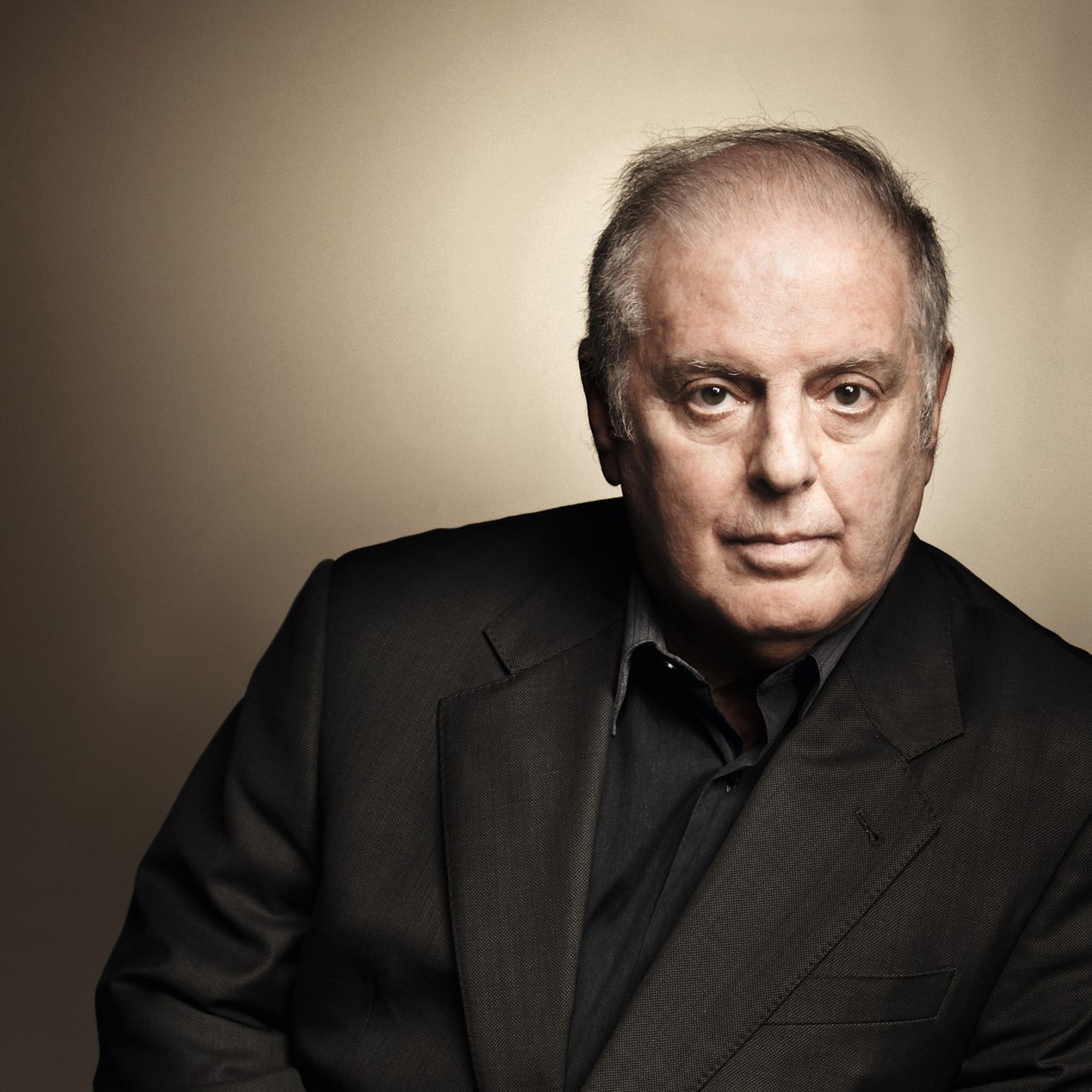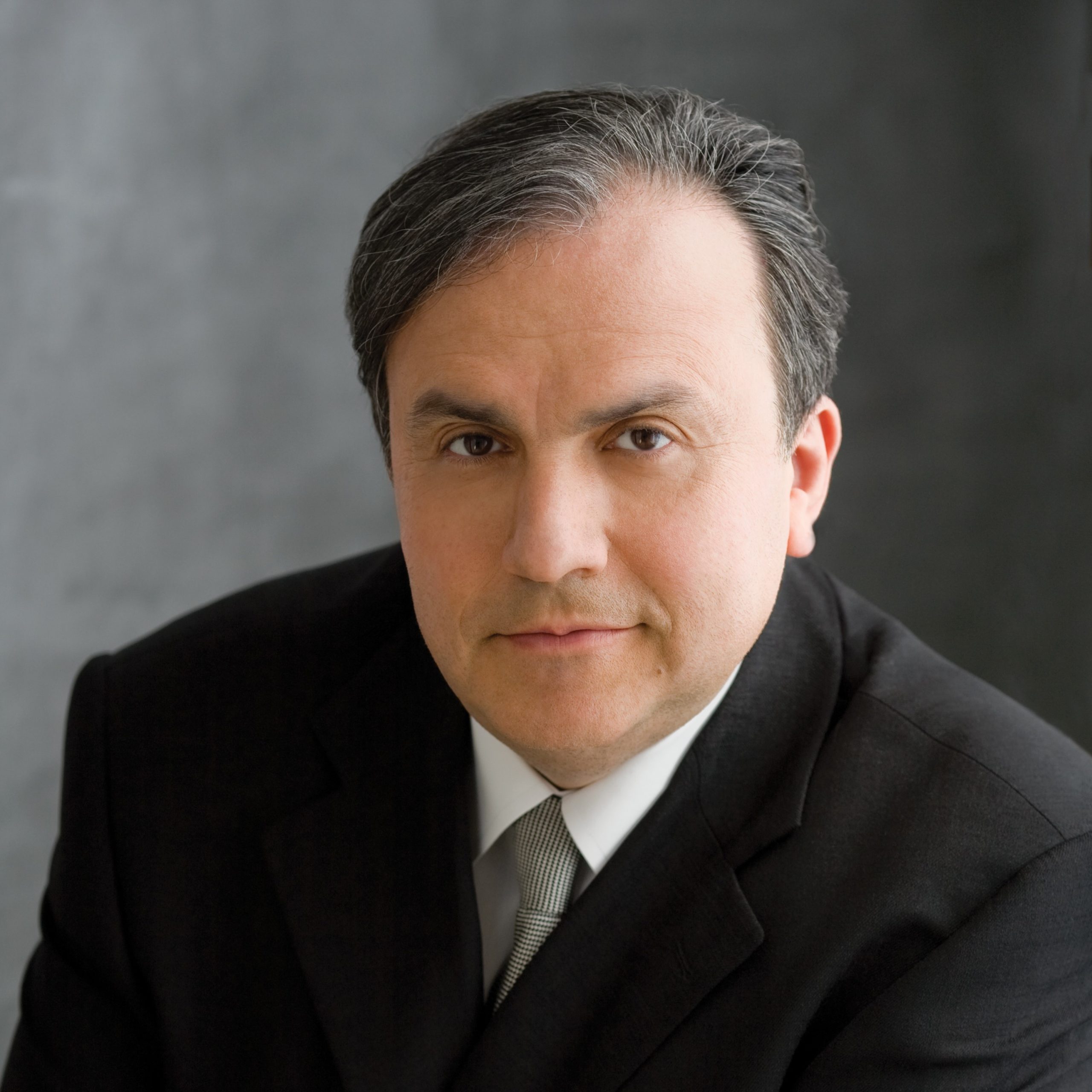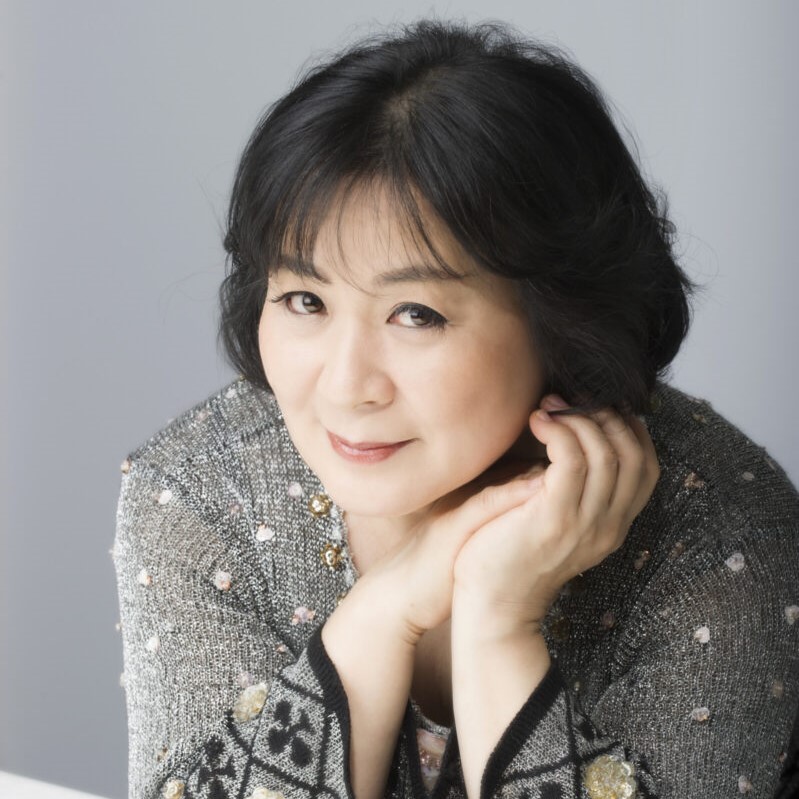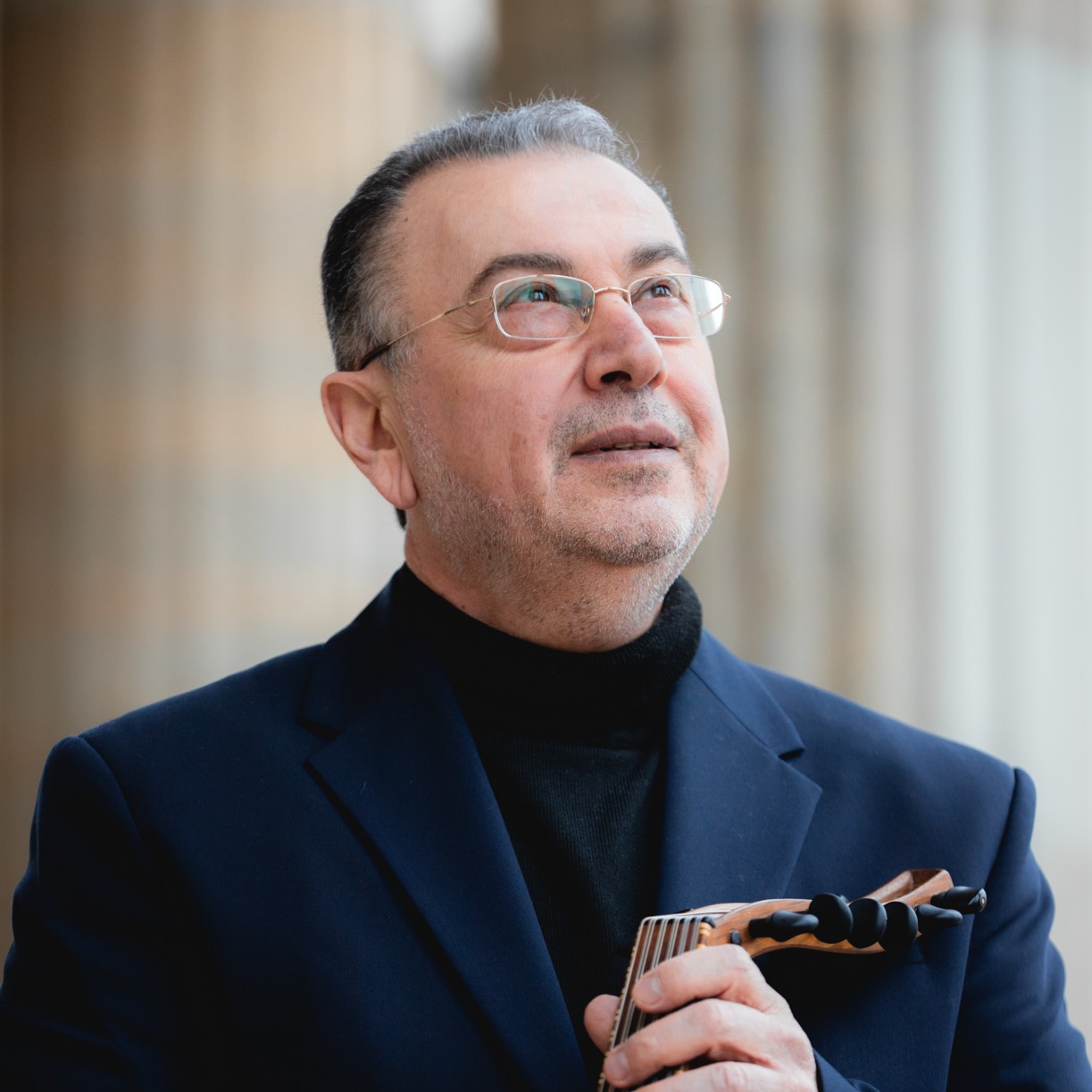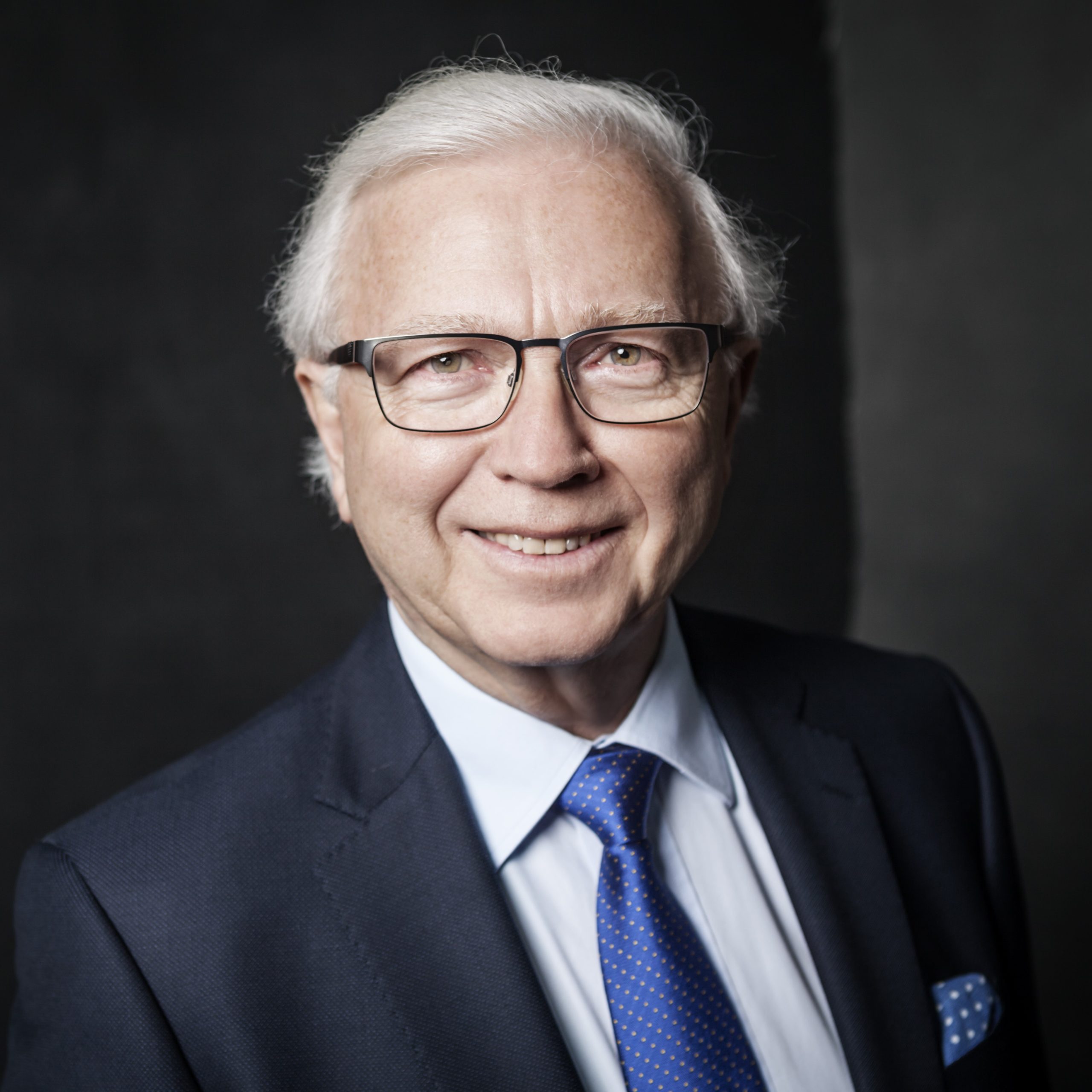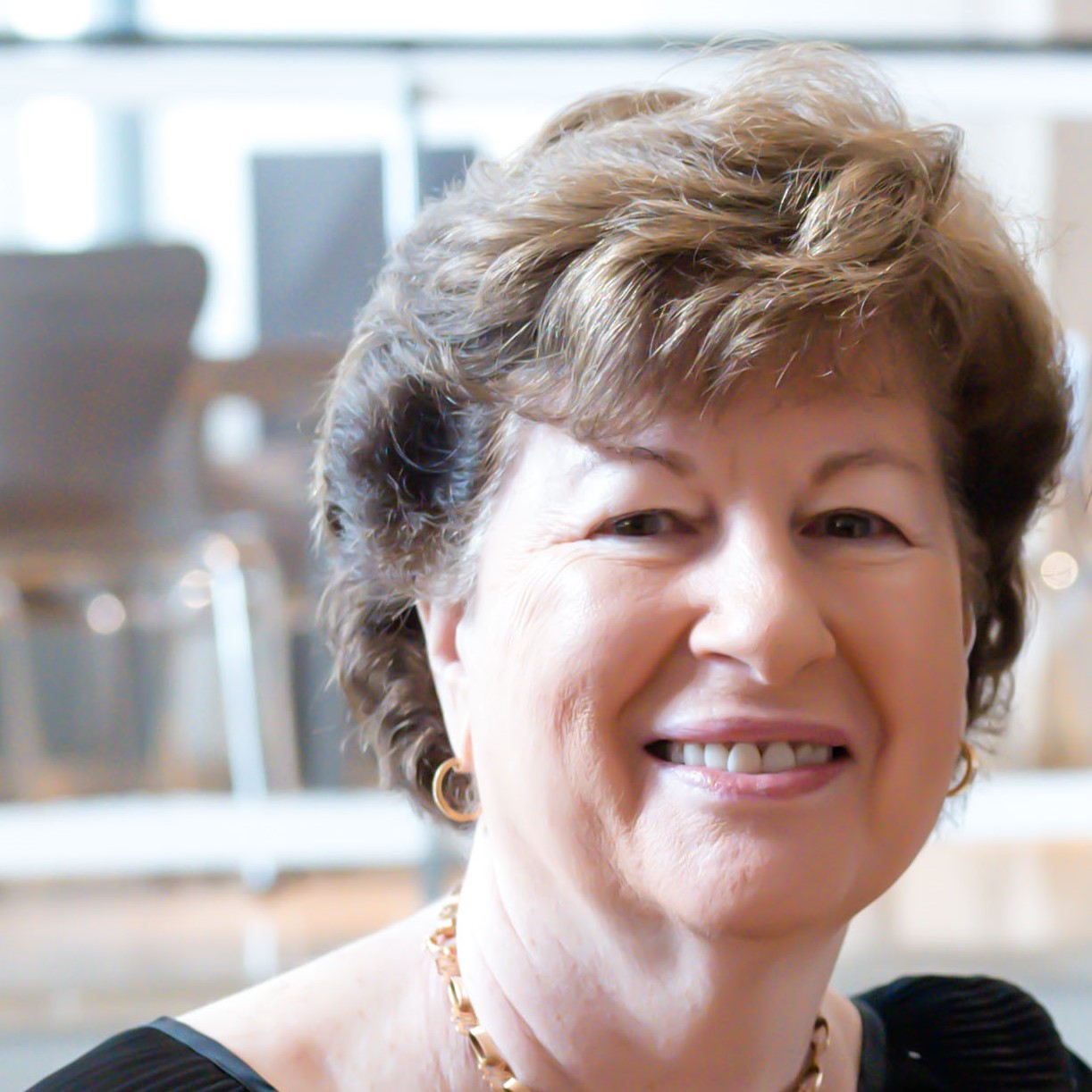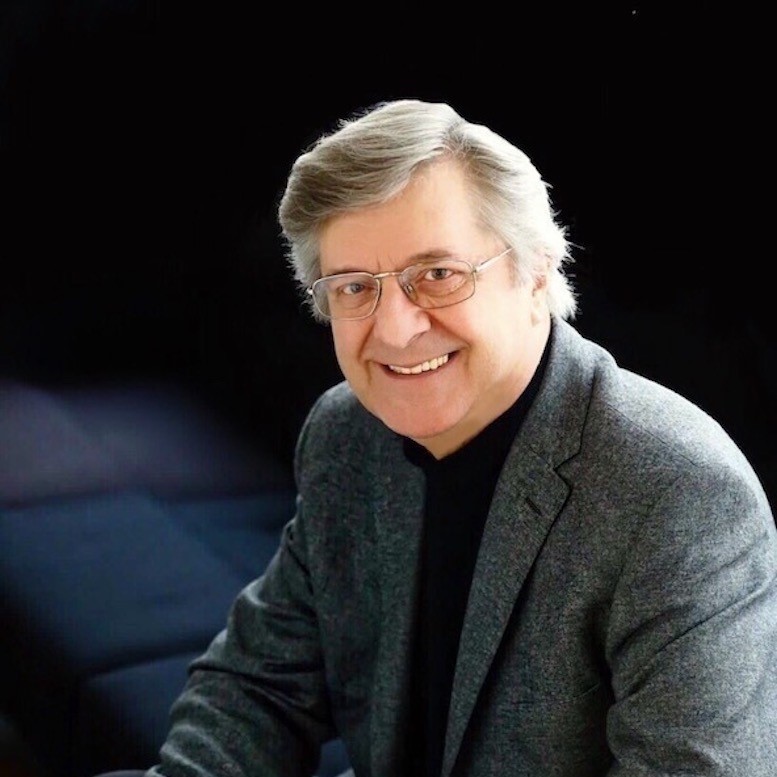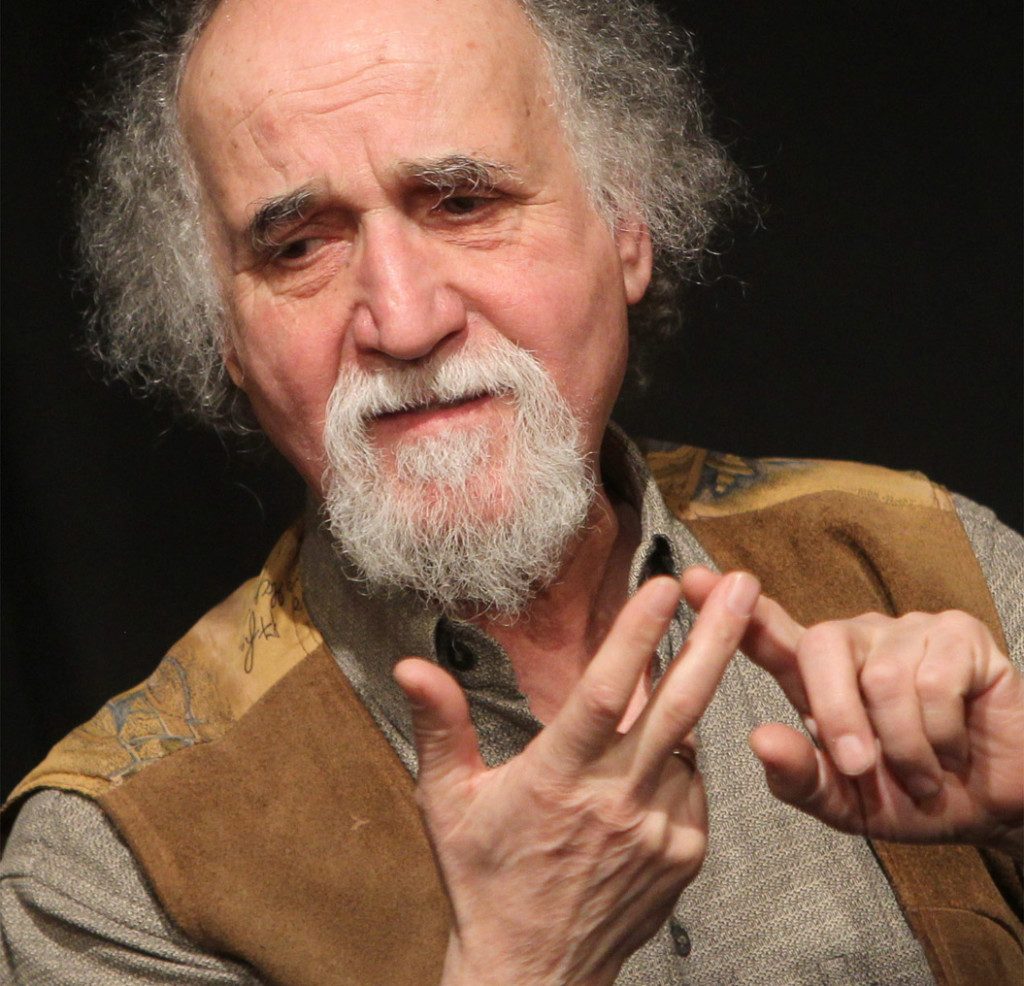
György Sándor
- Jury member
György Sándor was an internationally respected pianist and piano teacher, especially known for his recordings of music of Bartók and Prokofiev. His cousin Arpád Sándor (1896-1972) was a noted pianist and music critic who toured widely as accompanist to such leading artists as Jascha Heifetz and Lily Pons. György studied at the Liszt Academy of Music in Budapest as a piano pupil of Béla Bartók and composition student of Zoltán Kodály. He made his concert debut in Budapest in 1930 and toured widely through Europe until 1939. In that year Sándor left for the United States. He became a naturalized citizen of that country in 1943.
In the competitive world of U.S. concert life at that time (when many great European artists escaped war-torn Europe), he began to reestablish his career. By the end of World War II he was positioned to begin a successful international touring career that took him to all the major musical centers of the West. In 1945 he played the first performance of Bartók's piano transcription of his orchestra work Dance Suite and in 1946 made the premiere the composer's posthumous masterpiece, the Third Piano Concerto. In 1956 he joined the faculty of Southern Methodist University in Dallas, TX, remaining there until 1961. In that year he moved to the University of Michigan, Ann Arbor, as director of graduate studies in piano. In those years he began making recordings, often for the Vox label. He produced noted Vox Boxes of the complete piano music of Bartók (wining the Grand Prix du Disque) and Prokofiev. For Vox's sister label Turnabout he produced the complete piano works of Kodály. Thirty years later he produced another recording of the complete Bartók for Sony Classical. In 1981 he published a book, On Piano Playing: Motion, Sound, and Expression. In 1982 he left Ann Arbor to join the piano faculty of the Juilliard School of Music in New York.
He toured widely and frequently served as a juror in major international piano competitions. In addition, he gave master classes at institutions including the Paris Conservatory, Indiana University School of Music, the Jerusalem Music Center, the Assissi Festival, and the Mozarteum in Salzburg. His publications included bravura piano transcriptions of Dukas' The Sorcerer's Apprentice, Bach's Chaconne and Fugue, and selections of Bartók's 44 Violin Duos. In 1982 he was presented with Hungary's highest award for artistic achievement. In the 1990s his activities in the recording studios increased, with recordings of Bartók's complete piano concertos joining his catalog of the Rachmaninov Second, and numerous works by Bach, Chopin, Schumann, Liszt, and the complete sets already noted.
Sándor cautioned young pianists that the style of Bartók piano playing that arose in the decades after the master's death is inauthentic; that the composer wished a lyrical, elastic tempo with an emphasis on the melodic line. His later Bartók recordings are intended to exemplify the music as he learned it from Bartók himself.



